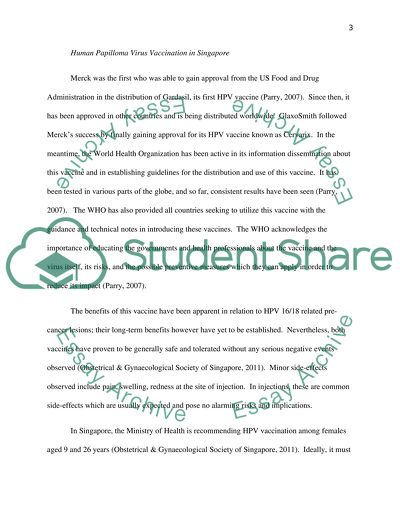Cite this document
(“Advanced Practice in Community Health Nursing Essay”, n.d.)
Retrieved from https://studentshare.org/nursing/1442552-advanced-practice-in-community-health-nursing
Retrieved from https://studentshare.org/nursing/1442552-advanced-practice-in-community-health-nursing
(Advanced Practice in Community Health Nursing Essay)
https://studentshare.org/nursing/1442552-advanced-practice-in-community-health-nursing.
https://studentshare.org/nursing/1442552-advanced-practice-in-community-health-nursing.
“Advanced Practice in Community Health Nursing Essay”, n.d. https://studentshare.org/nursing/1442552-advanced-practice-in-community-health-nursing.


